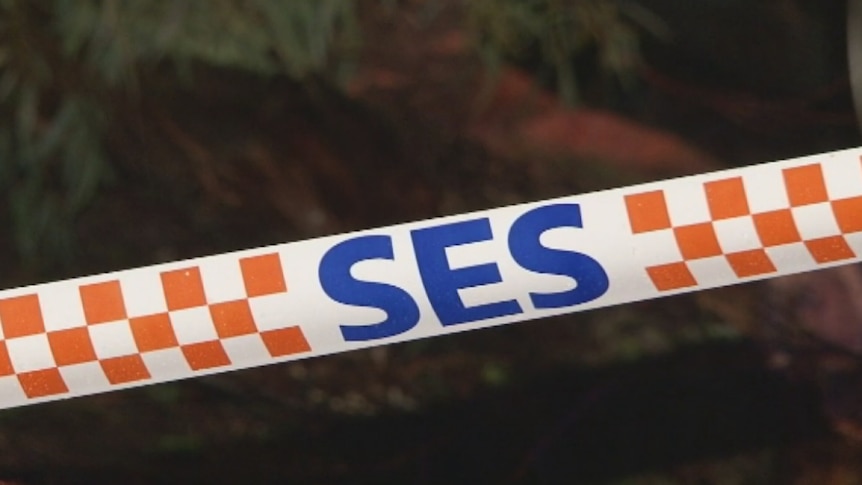NSW Health has put out a public health alert after meningococcal disease was identified in two people who attended the Splendor in the Grass music festival a fortnight ago.
One of those cases, a man in his 40s, has died with the disease.
NSW Health says the disease is uncommon, but it’s urging people who went to Splendor in the Grass at the North Byron Parklands to watch for symptoms and act immediately if they appear.
What are the symptoms of meningococcal?
Perhaps one of the best-known symptoms is a rash with dark red and purple spots, but the Department of Health says that comes at the later stages of infection.
The meningococcal rash doesn’t disappear with gentle pressure on the skin like other rashes might, NSW Health says.
Not everyone with meningococcal disease gets a rash.
NSW Health says meningococcal symptoms are non-specific and may not all be present at once.
People with the disease might notice leg pain, cold hands and abnormal skin color before the onset of the typical symptoms, which may include:
- sudden onset of fever
- headache
- neck stiffness
- joint pain
- a rash of red-purple spots or bruises
- dislike of bright lights
- nausea and vomiting
Symptoms for young children may be less specific.
Here’s what to watch out for:
- irritability
- difficulty waking
- high pitched crying
- refuse to eat
What is meningococcal?
It’s a serious bacterial infection that can be fatal.
People with the disease can become severely unwell quite quickly, with the Department of Health urging people with a suspected infection to see a doctor immediately.
“It can kill within hours, so early diagnosis and treatment is vital,” the Department of Health website says.
“Do not wait for the purple rash to appear as that is a late stage of the disease.”
Usually, meningococcal causes blood poisoning and/or meningitis — which is inflammation of the brain and spinal cord.
It can also result in severe scarring, loss of limbs and brain damage.
What is the meningococcal fatality rate?
Between five and 10 per cent of patients with the disease die.
How does meningococcal spread?
Meningococcal bacteria is passed on through secretions from the back of the nose and throat.
Typically, it needs close and prolonged contact to be passed from one person to another.
Meningococcal bacteria don’t survive well outside the human body, with NSW Health saying the disease isn’t easily spread by sharing food, drinks or cigarettes.
NSW Health says people in the following groups are at higher risk of contracting the disease:
- household contacts of patients with meningococcal disease
- infants, small children, adolescents and young adults
- people who smoke or are exposed to tobacco smoke
- people who practice intimate (deep mouth) kissing, especially with more than one partner
- people who have recently had a viral upper respiratory tract illness
- travelers to countries with high rates of meningococcal disease
- people with no working spleen or who have certain other rare medical conditions
Is there a meningococcal vaccine?
And it is.
The Department of Health says meningococcal vaccines are recommended for:
- infants, children, adolescents and young adults
- special risk groups, including Aboriginal and Torres Strait Islander people, individuals with certain medical conditions, laboratory workers who frequently handle Neisseria meningitidis, travellers, and young adults who live in close quarters or who are current smokers
But anyone who wants to protect themselves against meningococcal should talk to their doctor.
Adolescents are offered the shot via school vaccination programs.
You can check to see if you’re vaccinated by viewing your immunization history statement through Medicare.
But NSW Health says routine childhood vaccines don’t protect against all strains of the disease, so even vaccinated people should still be alert for symptoms.
.

